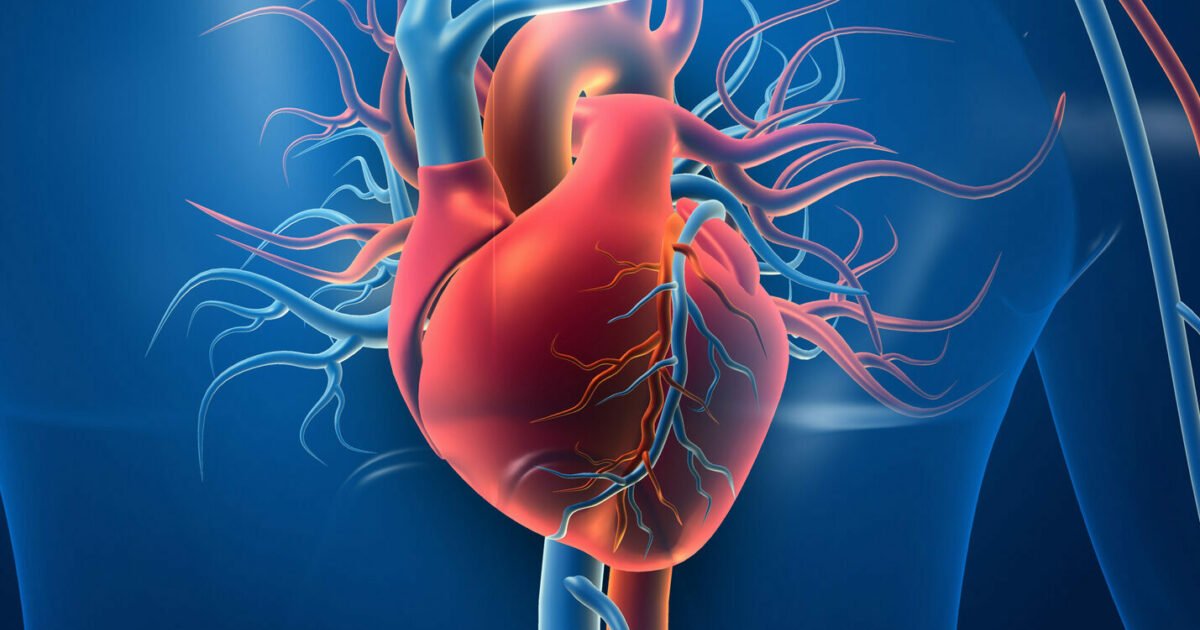Mortality due to heart diseases increases by 50% in winter
December 17, 2018 | Monday | Features
Risk is higher in people with existing heart problems or family history of the condition
Studies conducted in western countries have shown that the number of heart attacks and related deaths are higher in winter months. The mortality rate due to heart attacks may be as much as 50% higher in the cold.
It is imperative to not ignore irregular discomfort in chest, severe sweating, pain in the neck, arms, jaws and shoulders or shortness of breath during winter, which are major symptoms of heart failures.
It is a known fact that the number of deaths due to heart attacks, cardiac arrests, and strokes increases during the winter months. As the temperatures drop, it becomes difficult to retain heat inside your body. The fall in our body’s internal temperature is too dangerous for people living with cardiovascular problems who may suffer from angina or chest pain when exposed to cold weather. In fact, winter is the most vulnerable time for patients having a background history of heart diseases.
Speaking about this, Dr Anil Dhall, Director of Cardiovascular Sciences, Venkateshwar Hospital said, “The main reason for the increase in heart-related ailments in winter could be the rise in blood pressure. The arteries become constricted due to which the heart must exert more effort to pump blood. Winters also tend to increase levels of certain proteins in the blood stream which in turn increases the risk of blood clots. Many heart attacks are caused due to hypothermia, the condition of heart failure due to abnormally low body temperature. Another possible reason could be that cold weather allows smog and pollutants to settle on ground leading to chest infection, which may propel the incidence of heart attacks. On the other hand, shorter and cooler days spent indoors can cause a person to become lethargic and lead to a type of depression known as Seasonal affective disorder (SAD), which can also be a risk factor for heart problems.”
Adding further, Dr Dhall, said, “To prevent the heart from excessive stress, heart patients must avoid indulging in exhaustive tasks. Apart from unhealthy food, it is also imperative to avoid intake of excess alcohol as this can cause atrial fibrillation, the most common irregular heartbeat problem called arrhythmia. Eat in small quantities at regular intervals. Extreme complications of the heart may require treatment including radiofrequency ablation, implantable cardioverter defibrillator, and supportive care such as cardiac monitoring.”
The strain on the heart can be difficult to handle for the elderly and those with existing issues. The elderly are at greater risk of heart attacks. Besides this, cholesterol levels tend to fluctuate significantly leaving people with borderline diabetes at greater cardiovascular risk during the colder months.
Some common treatment options for heart diseases include angioplasty and coronary artery bypass grafting (CABG). During angioplasty a catheter with a balloon at its tip is inserted into a blocked coronary artery and inflated to clear the artery and improve blood flow. In stenting, a small, self-expanding, metal mesh tube called stent is placed inside a coronary artery and prevents it from re-closing. Nowadays, there are drug-eluting stents available which are coated with a medicine. This medicine helps further prevent the arteries from re-closing.
In CABG, a healthy artery or vein from the body is connected, or grafted, to the blocked coronary artery. The grafted artery or vein bypasses the blocked portion of the coronary artery. Another innovative approach is the Transcatheter Pacing System (TPS). This is unlike the standard pacemaker, which helps restore the heart's rhythm by sending tiny electrical signals to increase the heart rate. The leadless pacemaker in its small, capsulized form allows it to be implanted using a catheter through a vein in the leg, similar to how a stent is inserted.










